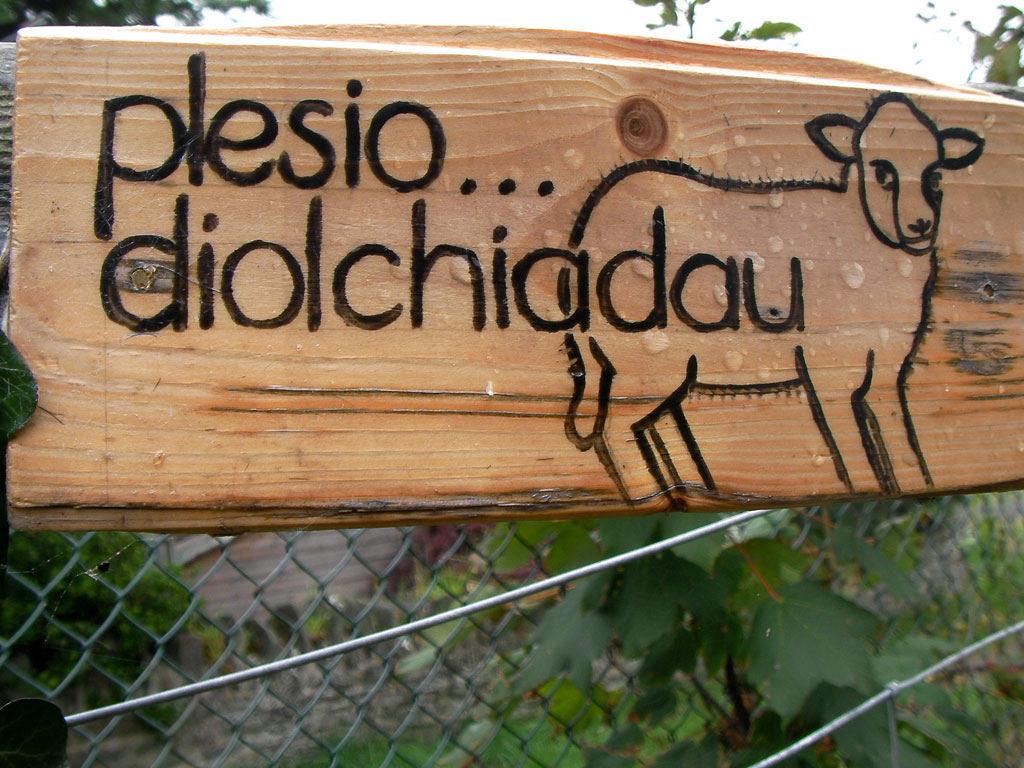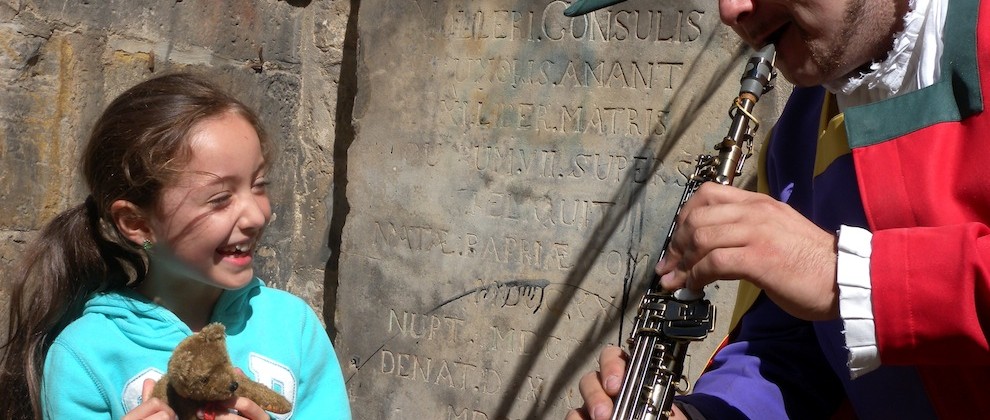
* Another story from the back catalogue, this week with a Wales theme. This autumn I’ll be doing more walking around West Wales in connection to the Dylan Thomas centenary but, for now, a coastal-walking trip from Mid Wales. Follow me on Twitter or subscribe to the RSS for more story updates.
People have gathered on Cardigan’s windswept quayside, now renamed Prince Charles Quay, for centuries.
It was a place where hearts were broken, hopes were raised and farewells exchanged.
Today, there’s little to hint at the historic importance of the site aside from a few lines of verse. The Quay by Ceri Wyn Jones, the former Children’s Poet of Wales, describes the now-unassuming place thus:
“A place of beginnings and ending as bitter as brine or as comforting as a sea breeze.”
It’s very fitting. Cardigan developed as a port since the Middle Ages given its strategic position as the gateway to the fertile Teifi Valley. But during the 18th century it started to grow as a key trading port with shipbuilding along the coast, sail- and rope-making in the harbour, plus industry around lime and iron in the nearby villages.
Over 300 ships, employing over 1,000 men, were registered at Cardigan by 1814.
In its 1860s heyday, the port of Cardigan was a major hub for transatlantic emigration, sending ships to New Brunswick in Canada and New York. But the arrival of the railway in 1885, coupled with increased silting of the river, sounded the death kneel for the once-proud port.
Cardigan’s star had faded by the late 19th century, its maritime heritage lost in time.
That is, until Menter Aberteifi, a community regeneration company based in Cardigan, stepped in to stir memories of Cardigan’s seafaring past.
The Dros Y Tonnau (Over the Waves) project runs until December 2013 to highlight the maritime legacy of Cardigan and the Lower Teifi Valley. Six interpretation sites along the Ceredigion coast from Cardigan to Newquay recount the story.
The company also manages the newly refurbished Guildhall in Cardigan, where early traders plied their wares. The company raised £1.2m to complete the restoration of the Grade II listed building, turning it once more into a public and civic space.
“We wanted to make people more aware of the local maritime heritage,” says Anne Stokoe of Menter Aberteifi. “In its day, Cardigan port was a major seaport, bigger than Bristol or Cardiff.
“The golden era of seafaring in West Wales was fading from living memory. We wanted to revive it.”
Coast stroll
The project fits snuggly with current plans to foster awareness of the Ceredigion Coast Path as part of the wider Wales Coast Path, which brings coastal access to the whole Welsh coastline.
The Wales Coast Path has its official opening in May. Of the eight sections making up the overall trail, the Ceredigion section, a 60-mile stretch from St Dogmaels, just beyond Cardigan to the south, to Borth, just beyond Aberystwyth, to the north, is particularly rich in maritime heritage.
I set out on a chilly spring day to explore the coastline, looking for clues along the way to its lively past as a hotbed of industry, trade and smuggling.
The first section heading north takes me from Cardigan to Mwnt, a section rich in birdlife with gannets, cormorants and even kestrels soaring overhead. The terrain is soft and the sea-air bracing as I make good progress.
Just off the path at Mwnt, looking across to the conical outcrop Foel y Mwnt, a circular limekiln, the first sign of former industry, surveys the deserted hillside.
The nearby white-bleached Church of the Holy Cross stands isolated against the elements above the cliff-enclosed bay. The church, rebuilt in its current form during the 14th century, was a former pilgrimage church on the coastal route from St Davids, Pembrokeshire, to Bardsey Island during the Age of the Saints.
“I particularly like the wildness of the south sections of the Ceredigion Coast Path. The sea always looks different and it’s particularly rich in nature with bottlenose dolphins and harbour porpoise sometimes close to the shore,” says local wildlife guide, Howard Williams.
“For me, it’s as beautiful as the north Pembrokeshire sections, but it’s far less crowded.”
Pushing onwards, the section from Tresaith to Penbryn leads through bracken and stunted thorn, the sandy beach at Penbryn ahead of me.
The latter is famed in local legend for a French ship, which was wrecked on the beach in the 18th century with its expensive cargo of French wine.
The local people are said to have boarded the ship and proceeded to drink it dry over a period of days, many of them dying of alcohol poisoning in the process. The local priest was eventually called to the ugly scene to admonish the drunken hordes and restore order to the community.
The final 1.7-mile hike of the day leads to the seaside village of Llangrannog, a settlement crafted around a tiny, swell-washed harbour with its Blue Flag beach. Carreg Bica (Devil’s tooth), a beak-like rock jutting out into the bay, stands like a visiting alien with waves lapping at its feet. Legend suggests it is a decayed fang from Lucifer’s very own mouth.
Folk tales
The next day, I’m back on the path, following the shingle foreshore from my overnight base at Aberaeron and heading north towards Aberarth, one of the earliest settlements on the Ceredigion coast.
“The 60-mile stretch of the Ceredigion Coast Path is as diverse in coastal landscapes, heritage and wildlife as any other stretch of coast path in Wales,” says guide Nigel Nicholas, Coast and Countryside Area Ranger for Ceredigion County Council, who joins me to walk the second day.
“From Iron Age hill forts to Norman castles, links to monastic orders and maritime heritage, it appeals to history lovers, serious walkers and families alike.”
Today Aberarth is home to just a handful of people but it was formerly one of the main maritime hubs along the West Wales coast – some 20 ships were built in the tiny harbour during its golden age.
On the shore I can see the semi-circular traces of stone walls, believed to date from the 6th century. These were fish traps for salmon and mullet, known as goredi in Welsh, and used by the local monks, who first established Aberarth as a centre for activity.
The next stretch, the 10.6-mile, wild and open section from Llanrhystud to Aberystwyth, is one of the most remote trails in Ceredigion. We cross the Penderi Hills wildlife reserve with its hanging oak woodland and descend through bracken-covered slopes towards the old farm buildings at Mynachdy’r Graig for our packed lunch.
The smugglers’ coves on this section of the path are the domain of local folk hero Twm Sion Cwilt, a Robin Hood-style character famed in West Wales for his daring raids on ships from Ireland and France, laden with salt, tobacco, perfumes and wine, which ran aground on the coast. Goods were heavily taxed during his lifetime and salt was a particularly precious commodity.
The coastguards, known as horse riders, were often non-Welsh speakers from across Offa’s Dyke and Cwilt lead the local communities to frequent confrontations.
The final approach to Aberystwyth offers some of the best views in Ceredigion, looking north to the county boundary of the Dyfi Estuary.
The Alltwen ridge, in particular, takes in a century-spanning vista of three key castles in the region, namely the Norman castle above Tan y Bwlch beach; the imposing hill fort Pen Dinas, and the ruins ahead of Aberystwyth castle, part of Edward I’s defensive ring against the Welsh.
It’s a fitting end to a walk packed with history, nature and wildlife. “The feeling is different every time I walk the Ceredigion Coast Path,” says Nigel Nicholas.
“When you’re walking, you get visions or flashes of the past – the old ships in the harbour, the ancient civilisations.”
“For me,” he adds, “it brings the path to life.”
* This story first appeared in Discover Britain magazine in 2012. Liked this? Try also Pilgrimage Trails on the Llyn Peninsula.
Post your comments below.


